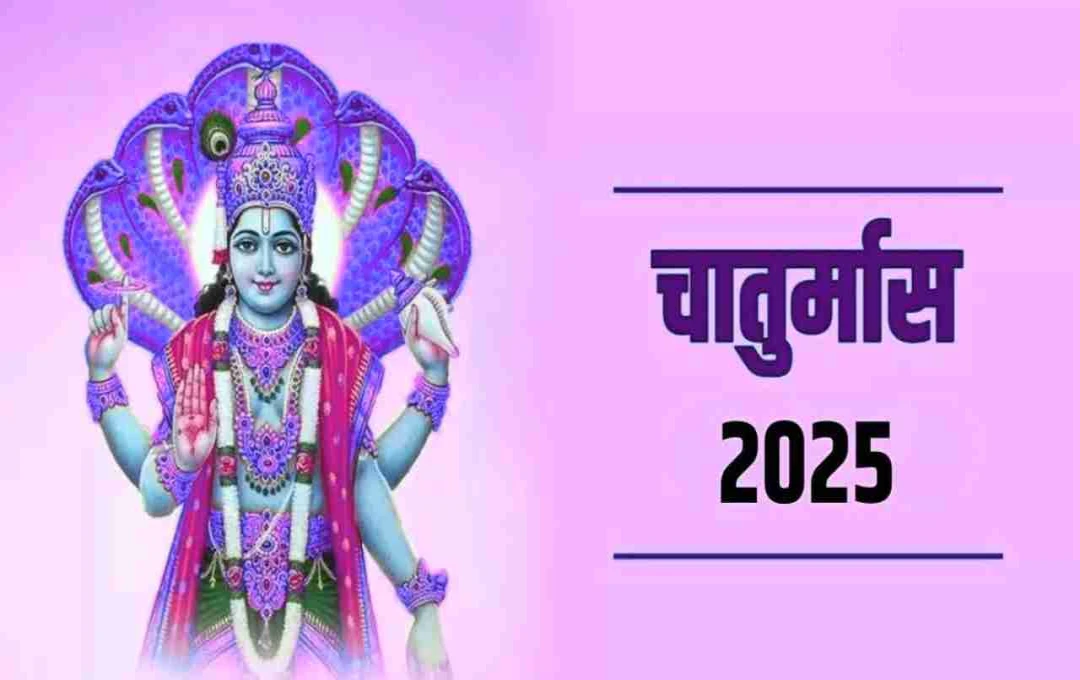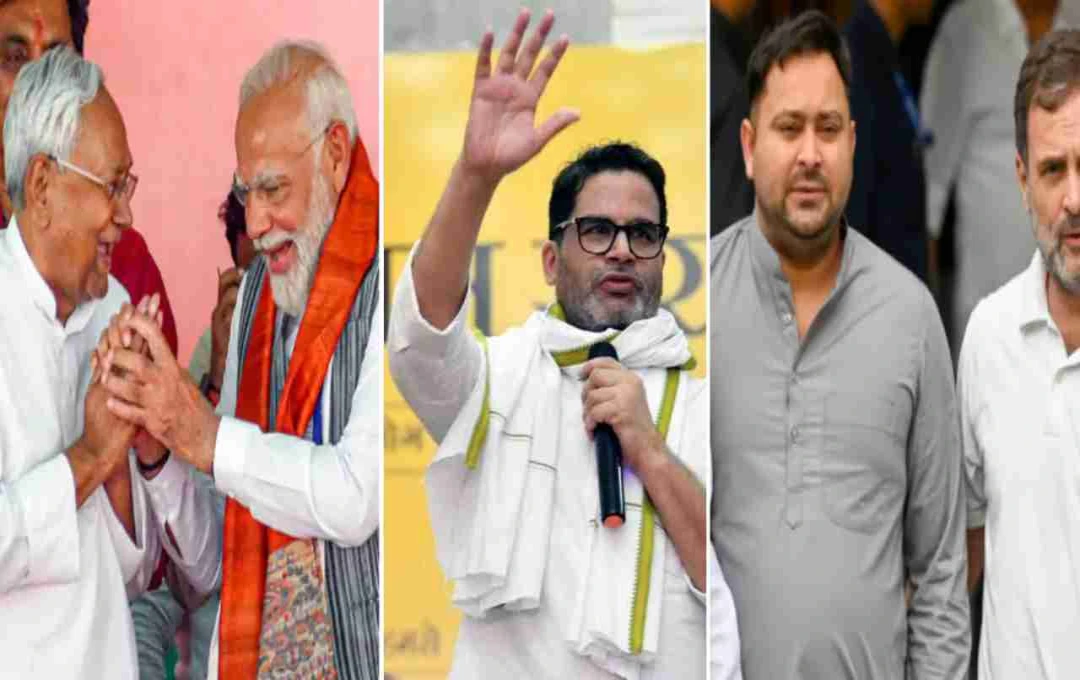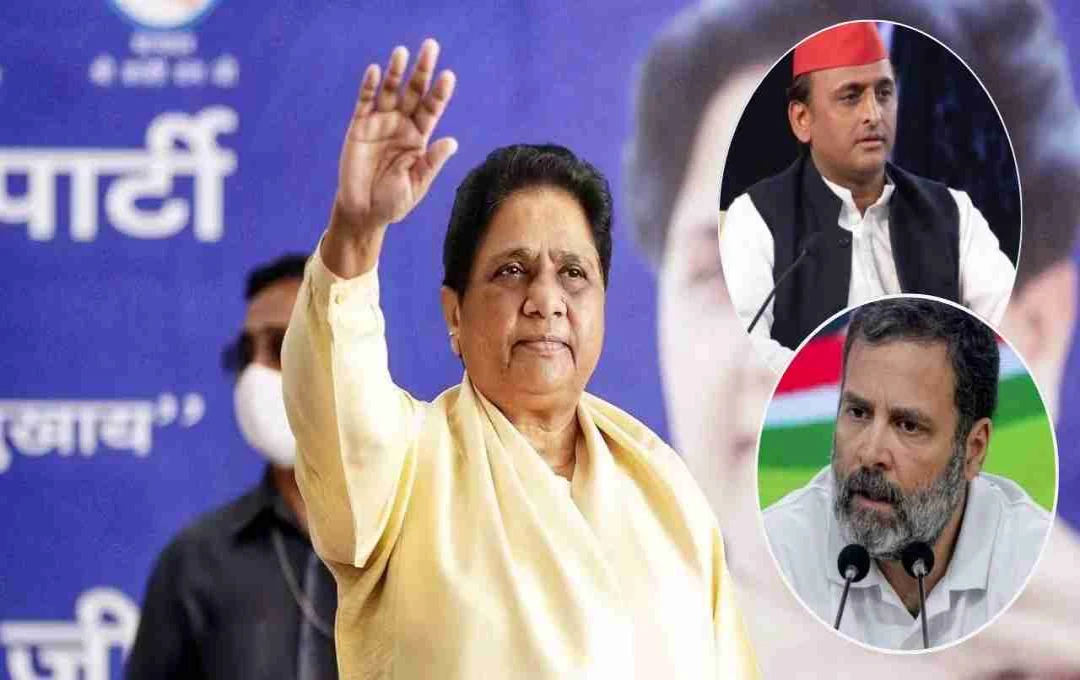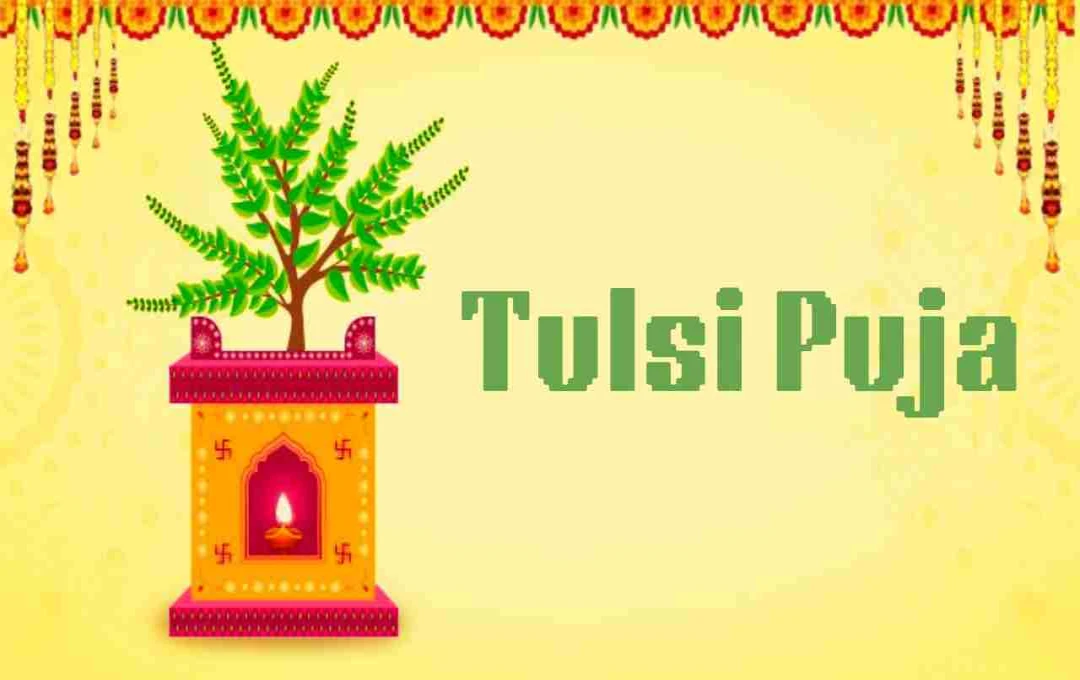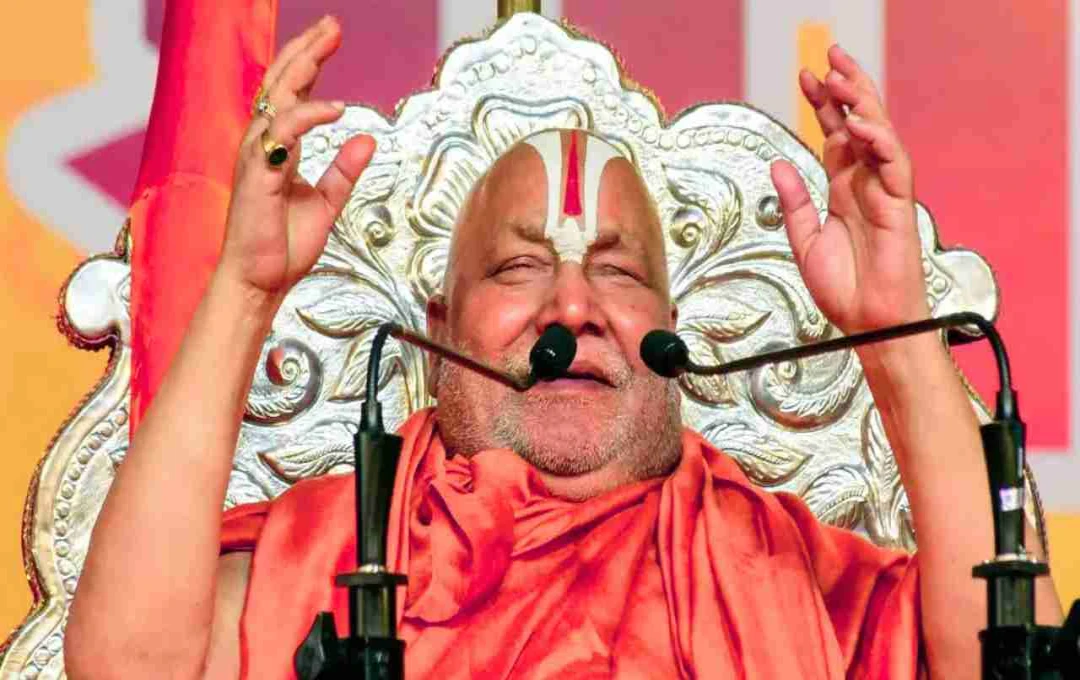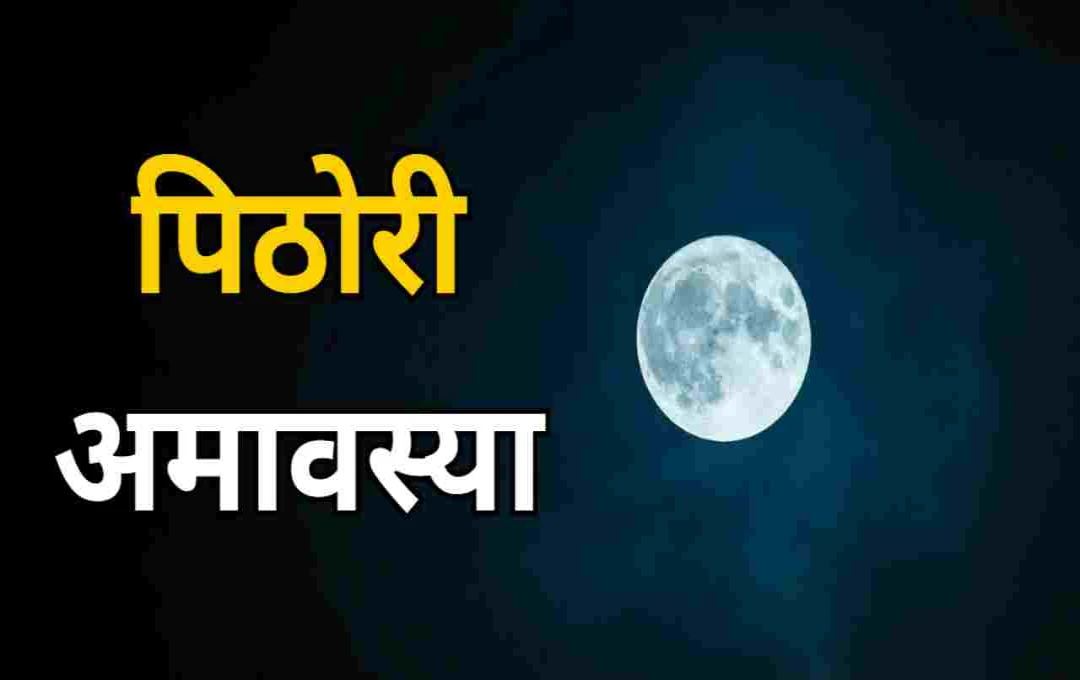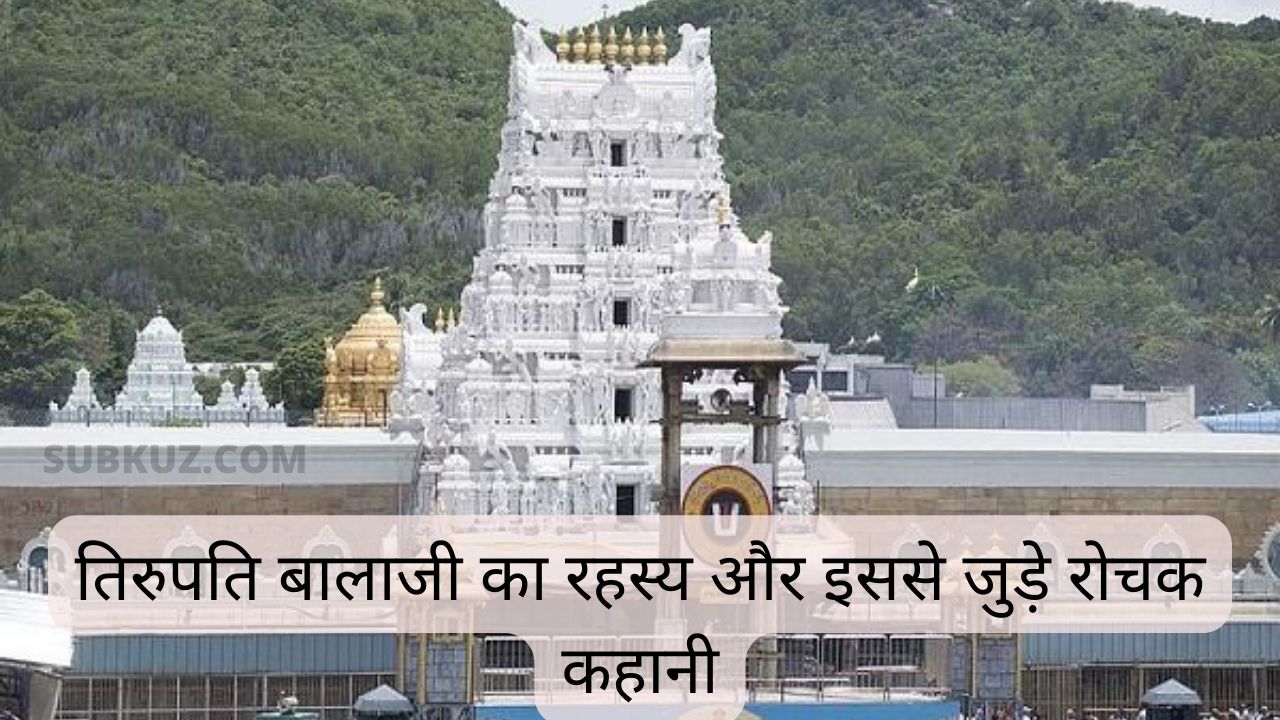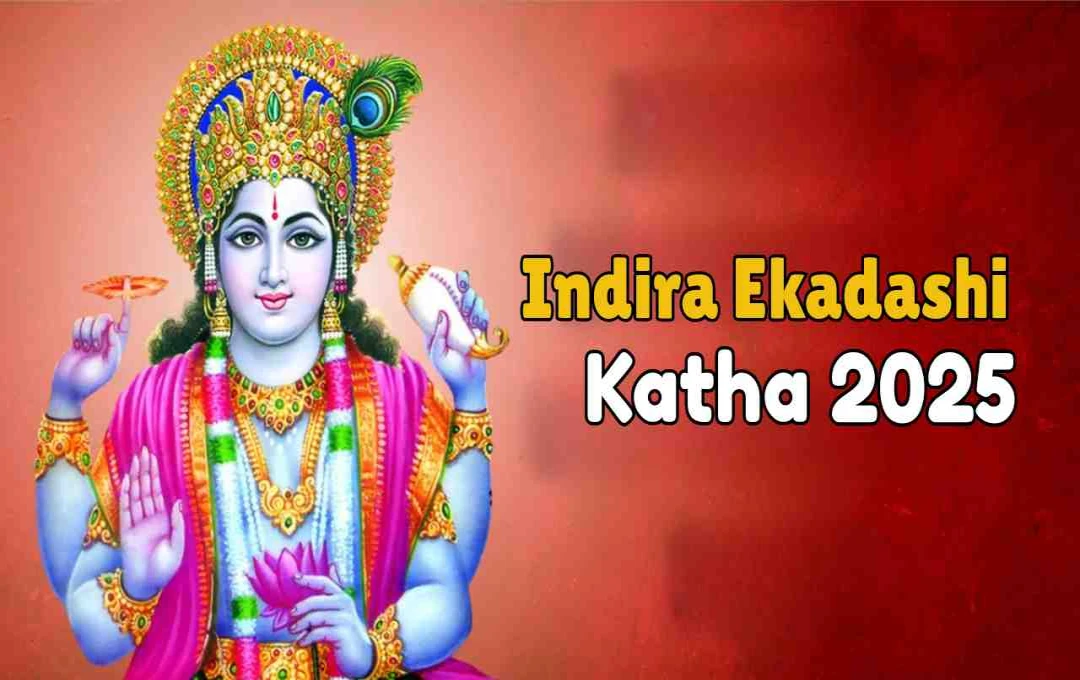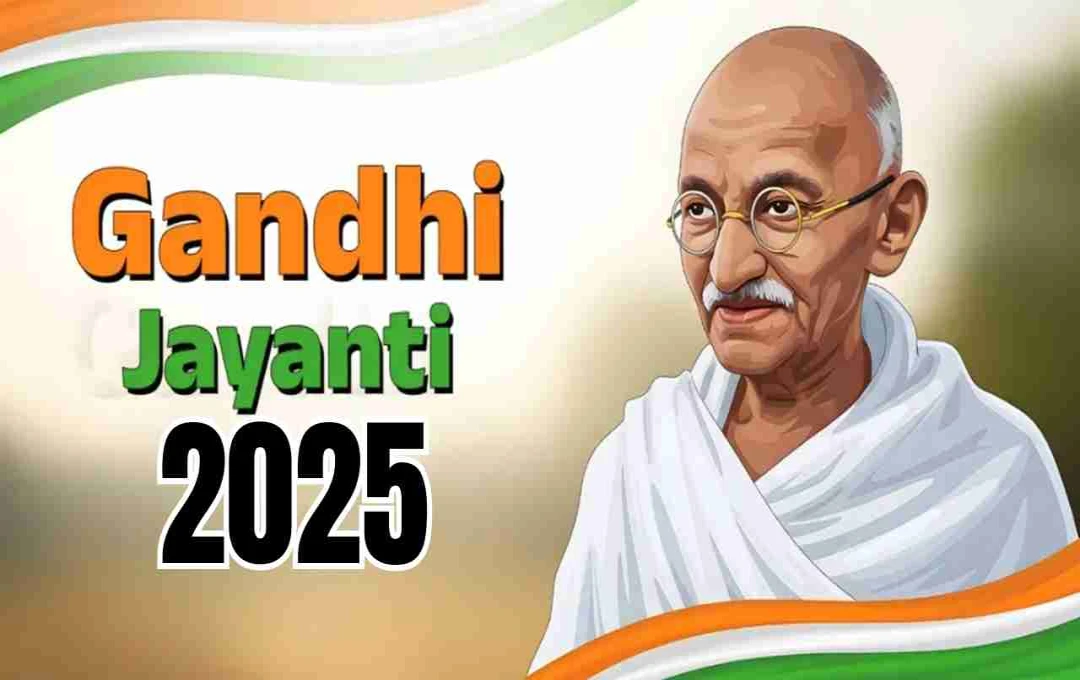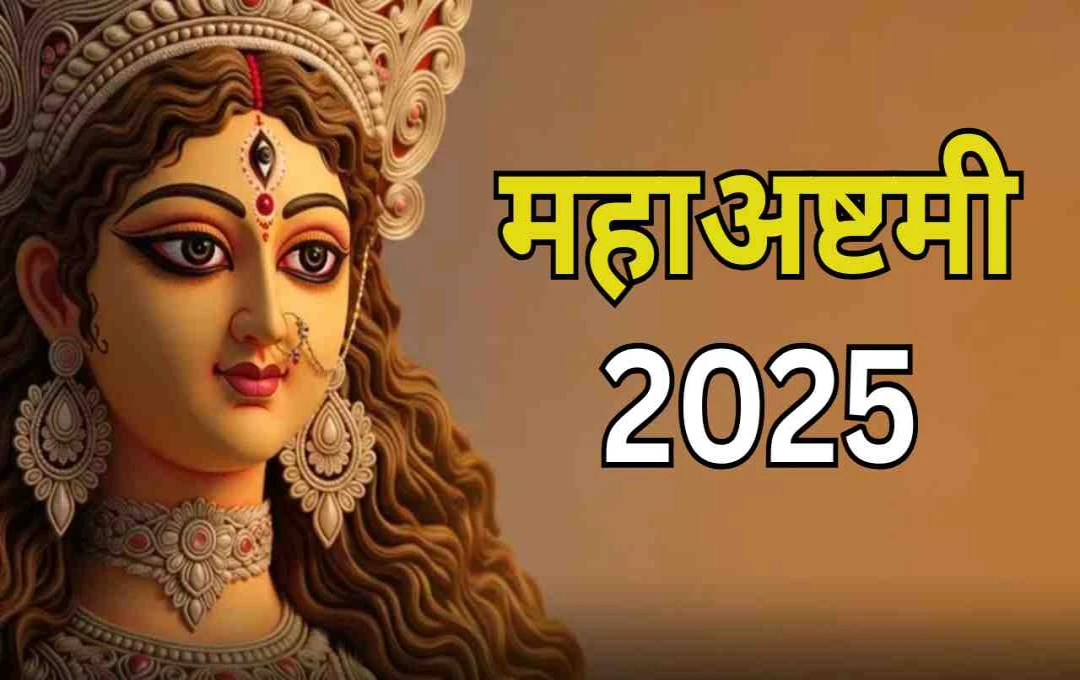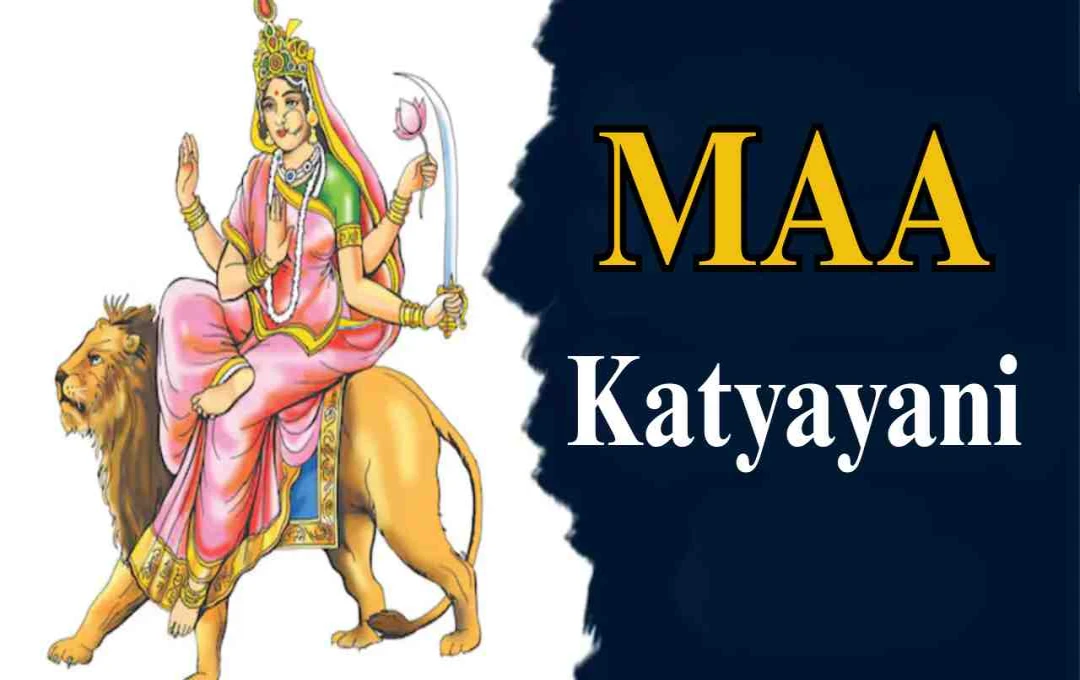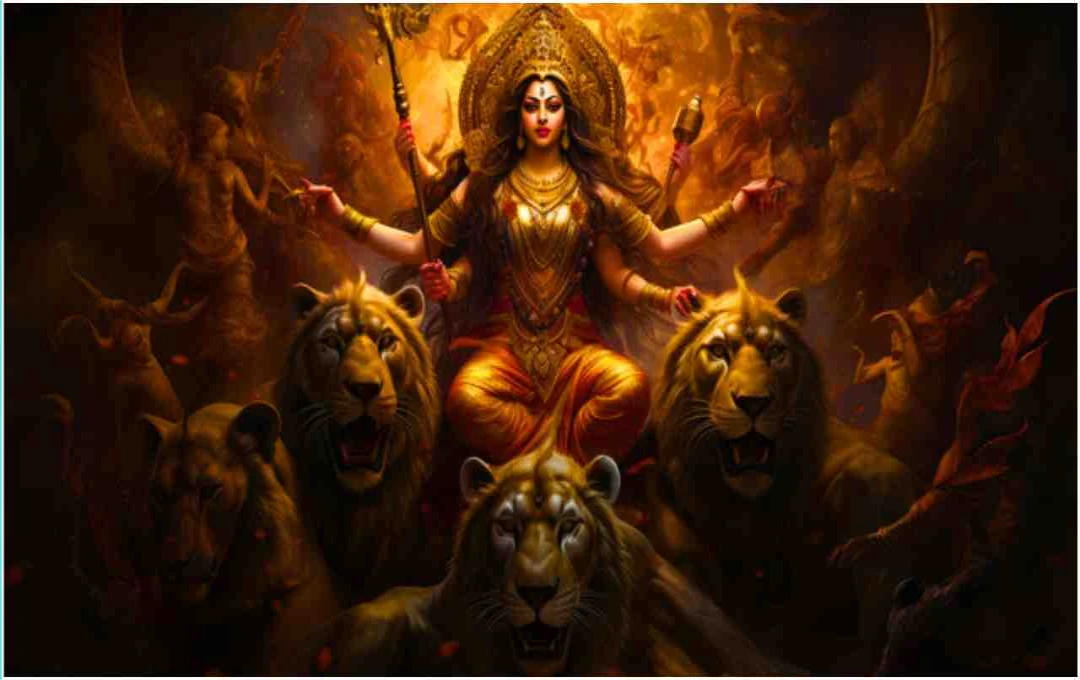According to the Hindu calendar, Devshayani Ekadashi has passed, marking the commencement of Chaturmas. This period, from Ashadha Shukla Ekadashi to Kartik Shukla Ekadashi, holds special significance in religious terms. During this time, Lord Vishnu enters Yog Nidra (divine sleep), and Lord Shiva takes over the responsibility of managing the universe. This four-month period of Chaturmas is filled with restraint, penance, spiritual practices, and fasting.
Why Auspicious Events Are Avoided During Chaturmas
It is customary to postpone auspicious events such as weddings, mundan (tonsuring), housewarmings, and naming ceremonies during Chaturmas. It is believed that obstacles may arise in auspicious ceremonies while Vishnu is in his sleep. Moreover, this period requires caution from a health perspective due to the rainy season and changes in weather. The altered climate can weaken the digestive system; therefore, adhering to restraint and a sattvic (pure) lifestyle is considered beneficial.
The First Month: Shravan, Dedicated to Special Worship of Shiva
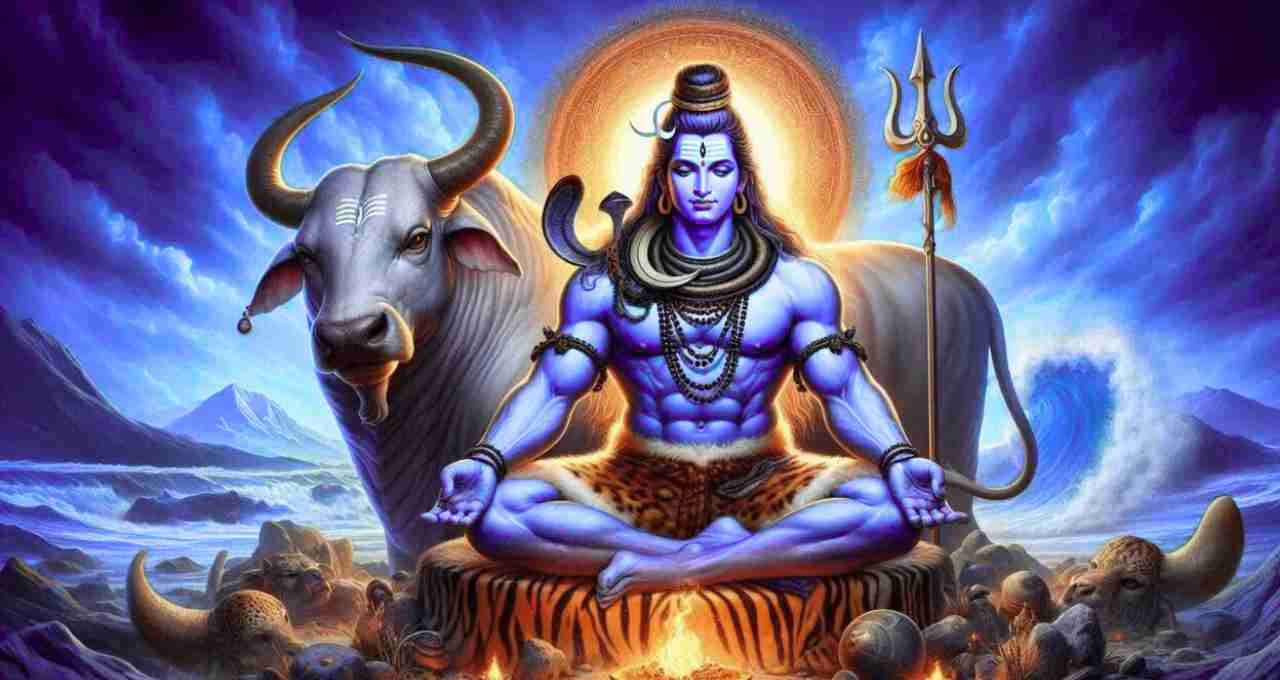
The first month of Chaturmas is Shravan, dedicated to Lord Shiva. Throughout this month, devotees worship Shiva by offering water, milk, curd, honey, and Bel leaves on the Shivling. Every Monday in Shravan holds special importance. The 16 Mondays fast also begins during this month. Women observe this fast to seek unbroken marital bliss.
During this time, reciting the Shiva Sahasranama, performing Rudrabhishek, and constructing and worshipping Parthiv Shivlings (Shivlings made of clay) are also considered highly fruitful. In many places, Kanwar Yatra is organized, where devotees bring Gangajal (holy water from the Ganges) to anoint Lord Shiva.
Bhadrapada Month: Worship of Krishna and Ganesha
The second month of Chaturmas is Bhadrapada. In this month, two prominent deities are worshipped: Lord Krishna and Lord Ganesha. The festival of Krishna Janmashtami is celebrated with great enthusiasm during this month. The birth anniversary of Lord Krishna is celebrated at night, and special tableaux are displayed in temples.
The festival of Ganesh Chaturthi also falls in this month, celebrated for ten days. Idols of Ganpati Bappa are installed in homes and pandals (temporary structures), and daily worship is performed. They are immersed on Anant Chaturdashi.
Ashwin Month: Worship of Goddess Durga
The month of Ashwin, also known as Ashvin, is the third month of Chaturmas. This month is known for the worship of Goddess Durga. Sharad Navratri is celebrated during this month, with nine days of worship of the nine forms of the goddess. Devotees observe fasts and perform bhajans (devotional songs), kirtans (devotional chanting), and recite the Durga Saptashati to seek the blessings of Goddess Durga.
During Navratri, there is a festive atmosphere with Kanya Pujan (worship of young girls), Kalash Sthapana (installation of a holy pot), Garba dance, and Ramlila performances. Dussehra, or Vijayadashami, is celebrated with the burning of Ravana effigies, symbolizing the victory of good over evil.
Worship of These Deities Also Takes Place
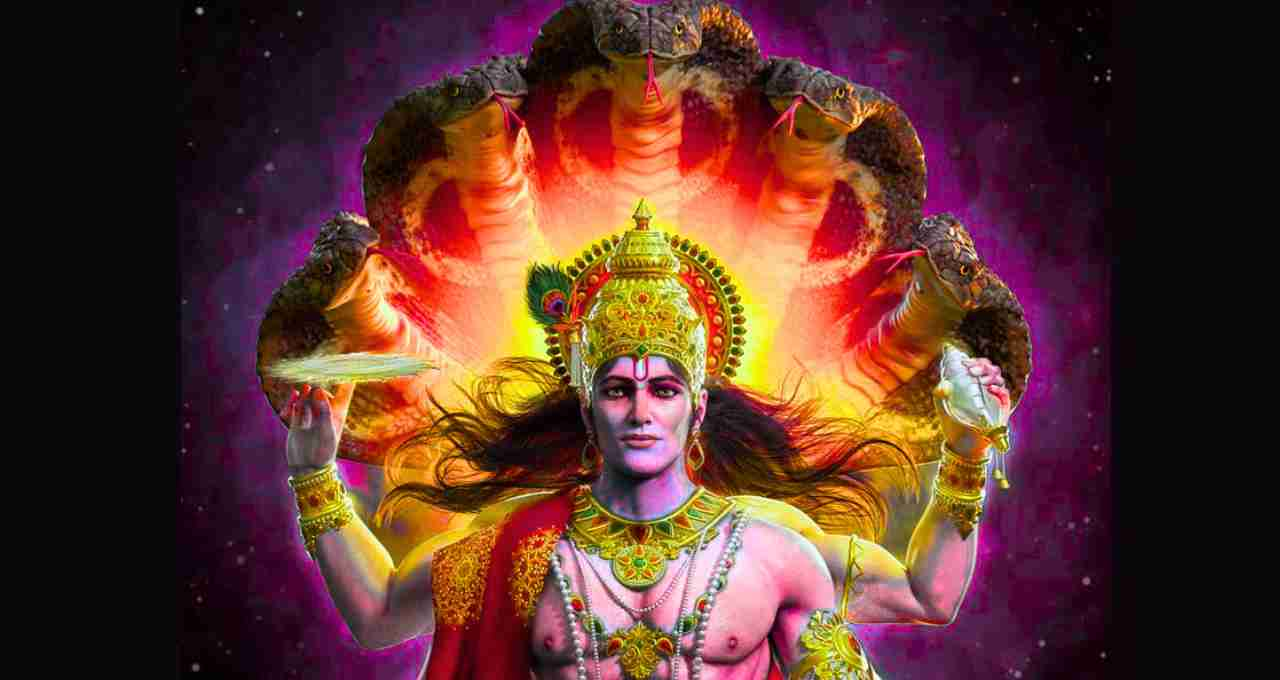
During Chaturmas, devotees particularly worship Lord Shiva due to Lord Vishnu's Yog Nidra, but there is also a tradition of worshipping other deities. During these four months, the worship of Lord Rama, Hanumanji, Suryadev (Sun God), Varuna Dev (God of Water), and Vaman Bhagwan is also performed.
Listening to the Bhagwat Katha, participating in satsangs (spiritual gatherings), observing fasts, and practicing celibacy are considered religiously beneficial during these months. Additionally, donating lamps in temples, organizing story sessions, and performing charity bring merit.
Kartik Month: Auspicious Events Resume from Dev Uthani Ekadashi
Kartik is the final and most auspicious month of Chaturmas. This month is filled with religious events. Dev Uthani Ekadashi, which falls in Kartik Shukla Ekadashi, marks the day Lord Vishnu awakens from his Yog Nidra. From this day, auspicious events like weddings and housewarmings resume.
Festivals like Diwali, Govardhan Puja, Annakut, and Bhai Dooj are celebrated during Kartik month. The importance of Tulsi Vivah (marriage of the Tulsi plant) is also significant in this month. Many people observe Kartik Snan (bathing in holy rivers) throughout the month and worship Tulsi.
Emphasis on Spirituality and Discipline During Chaturmas
Chaturmas is not just a time for religious rituals, but it is also considered a special period for self-restraint and spiritual practice. Sages and hermits ceased travel during the rainy season and adopted penance, meditation, and self-study, a tradition that continues to this day.
This four-month period is an opportunity to connect with oneself, improve one's conduct, and return to religiosity. For devotees, it is an opportunity to recognize their inner strength and focus on spirituality.
